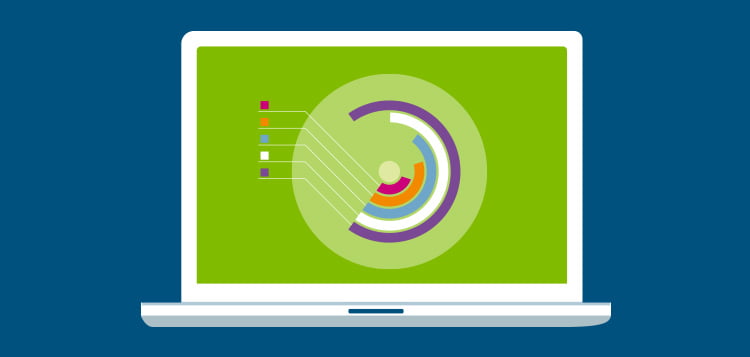Interested In Learning Just How Site Design Has Transformed Over The Years? Check Out The Progression From Basic, Simple Layouts To User-Centered Strategies That Focus On The Needs And Choices Of Online Site Visitors
Interested In Learning Just How Site Design Has Transformed Over The Years? Check Out The Progression From Basic, Simple Layouts To User-Centered Strategies That Focus On The Needs And Choices Of Online Site Visitors
Blog Article
Material Writer-Dalrymple Wren
In the past, sites were basic and focused on information. Navigating was straight, and style was for desktop computers. Currently, individual experience is vital. Data overviews layouts for simple navigation. Responsive designs suit different devices. Today, dark mode minimizes strain, and minimal menus improve navigating. Interactive attributes involve users, and bold visuals stand out. AI assimilation boosts involvement. See exactly how google local business profile has actually evolved to enhance your on-line trip.
Very Early Days of Website Design
In the very early days of web design, simpleness reigned supreme. Sites were fundamental, with limited colors, typefaces, and designs. The emphasis got on providing details as opposed to showy visuals. Customers accessed the web through sluggish dial-up links, so speed and functionality were crucial.
Navigation food selections were straightforward, usually located at the top or side of the web page. Web sites were created for computer, as mobile surfing wasn't yet prevalent. Material was king, and developers prioritized easy readability over intricate layout components.
HTML was the primary coding language utilized, and developers had to work within its restrictions. Computer animations and interactive attributes were minimal contrasted to today's criteria. Websites were static, with little dynamic material or customized individual experiences.
Rise of User-Focused Layout
With the development of internet site style, a shift towards user-focused style concepts has ended up being progressively famous. https://womenlovetech.com/7-seo-basics-you-still-need-to-get-right-for-your-business/ , developing web sites that focus on user experience is vital for engaging site visitors and accomplishing service goals. User-focused design entails recognizing the needs, choices, and habits of your target market to tailor the site's design, web content, and includes as necessary.
https://manuelmidyt.snack-blog.com/29814406/improve-your-ppc-projects-by-utilizing-efficient-keyword-research-tactics-that-will-change-your-marketing-efficiency-find-out-more-today perform comprehensive research study, such as user surveys and functionality screening, to collect insights and feedback straight from customers. This data-driven approach helps in developing user-friendly navigation, clear calls-to-action, and aesthetically appealing user interfaces that reverberate with visitors. By placing the customer at the center of the design procedure, internet sites can deliver a more tailored and delightful experience.
Receptive layout has additionally become an essential element of user-focused style, guaranteeing that internet sites are enhanced for different gadgets and display dimensions. This flexibility enhances access and functionality, accommodating the diverse means users engage with websites today. In essence, the surge of user-focused design signifies a change in the direction of creating digital experiences that focus on the demands and assumptions of the end individual.
Modern Trends in Web Design
Discover the most up to date trends shaping website design today. One prominent trend is dark setting style, supplying a smooth and contemporary look while minimizing eye stress in low-light atmospheres. One more crucial fad is minimal navigation, simplifying menus and improving user experience by concentrating on essential elements. Including micro-interactions, such as animated switches or scrolling impacts, can develop an extra interesting and interactive web site. Receptive design continues to be critical, ensuring seamless user experiences across different devices. Additionally, using bold typography and unbalanced layouts can include aesthetic passion and accentuate certain material.
Incorporating AI modern technology, like chatbots for client assistance or customized suggestions, improves user involvement and streamlines procedures. Availability has additionally end up being a substantial trend, with developers prioritizing inclusive layout practices to deal with varied user requirements. Embracing sustainability by optimizing site efficiency for speed and effectiveness is one more arising fad in website design. Teaming up with customer feedback and information analytics to iterate and improve design continually is crucial for remaining relevant in the ever-evolving digital landscape. By accepting these modern-day trends, you can develop an aesthetically appealing, user-friendly internet site that resonates with your audience.
Final thought
As you assess the development of website style from the early days to now, you can see just how user-focused layout has actually become the driving pressure behind modern fads.
Accept the journey of modification and adaptation in web design, constantly maintaining the customer experience at the leading edge.
Keep existing with the current fads and modern technologies, and never ever quit developing your method to create aesthetically sensational and easy to use web sites.
Develop, adjust, and create - the future of web design remains in your hands.
